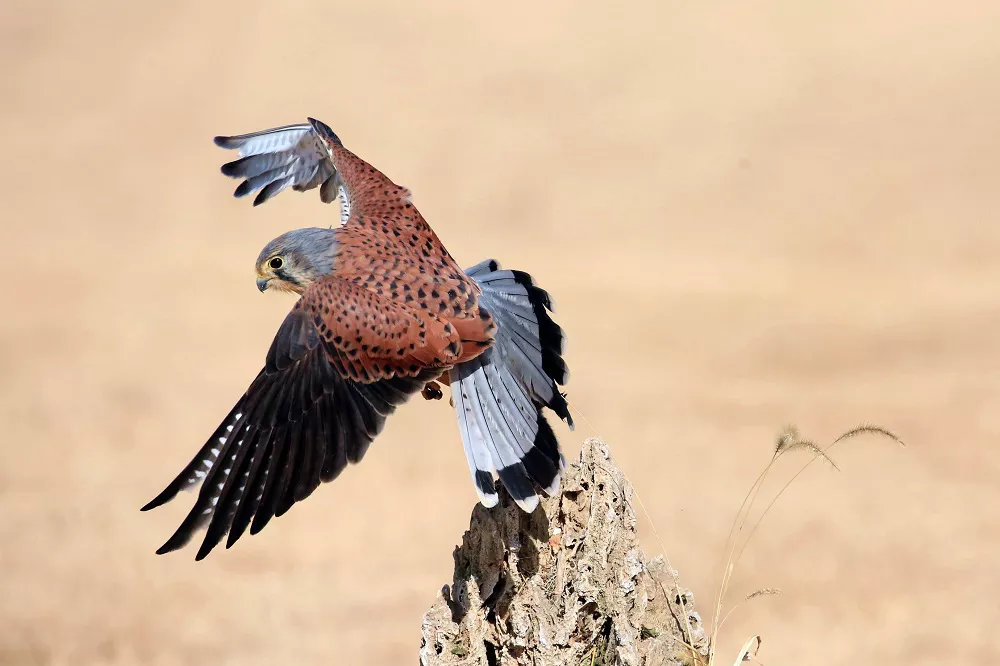Kestrels and sparrowhawks are both birds of prey, but they belong to different families and have distinct physical and behavioral characteristics. Understanding the differences between the two can help birdwatchers and nature enthusiasts better identify and appreciate these fascinating raptors.
Physical Characteristics:
Kestrels are small to medium-sized birds, usually measuring between 9 to 13 inches in length with a wingspan of around 20 inches. They have a distinct rusty-red color on their backs and wings, with white underparts, and black spots on their tails. Their heads have a characteristic black mustache or “sideburns” mark, and they have a sharp, hooked beak.
Sparrowhawks, on the other hand, are slightly larger than kestrels, measuring between 11 to 14 inches in length with a wingspan of around 25 inches. They have a compact body and short, broad wings, which are perfect for maneuvering through dense woodland areas. Sparrowhawks have dark brown plumage on their backs and wings, with white or buff-colored underparts, and distinctive bars on their tails. Their head is relatively small, and they have a sharp, curved beak.
Behavioral Characteristics:
Kestrels are primarily open-country birds and can be seen hovering over fields or roadside verges, scanning the ground for small mammals, such as voles, mice, and shrews, which make up the bulk of their diet. They use their exceptional eyesight and agility to catch their prey on the wing, diving down to grab their quarry with their sharp talons.
Sparrowhawks, on the other hand, are woodland birds, hunting birds such as pigeons, doves, and small songbirds, which they surprise and catch in a burst of speed. They are known for their agility, using their powerful wings and long tail to twist and turn through trees and undergrowth, pursuing their prey at high speed.
Habitat:
Kestrels prefer open habitats, such as farmland, grasslands, and heathland, although they can also be found in woodland clearings and on the edges of forests. They are widespread across much of the northern hemisphere, including Europe, Asia, and North America.
Sparrowhawks, on the other hand, are mainly found in woodland areas, where they can use their maneuverability to navigate through trees and bushes in pursuit of prey. They are found throughout Europe and Asia, and in some parts of North America.
In conclusion, although kestrels and sparrowhawks are both birds of prey, they have different physical and behavioral characteristics that allow them to hunt and survive in their respective habitats. Understanding these differences can help birdwatchers and nature enthusiasts better appreciate the diversity of the natural world and the unique adaptations of different species of birds.


 Facebook
Facebook  Instagram
Instagram  Youtube
Youtube 